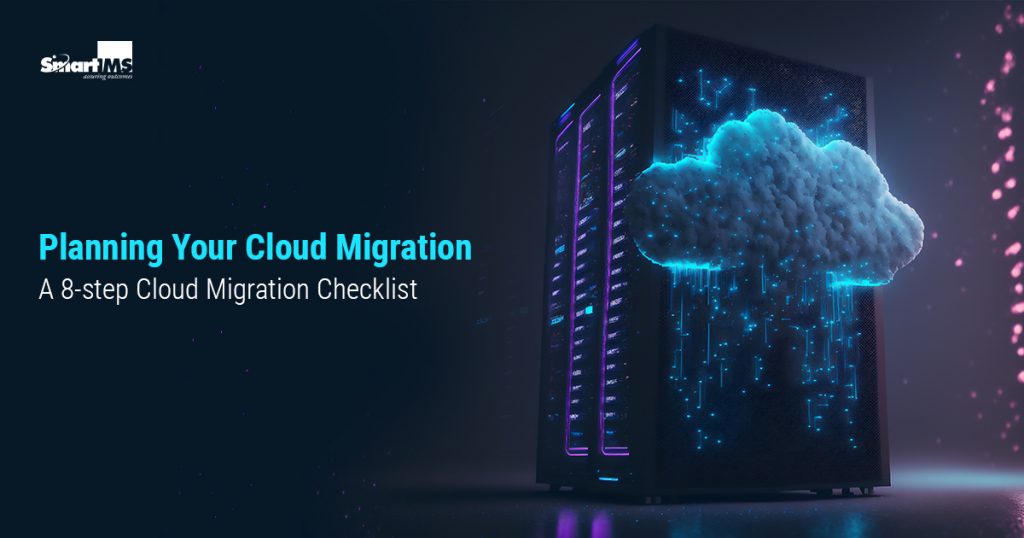Successful cloud migration is essential for businesses to stay competitive in today’s ever-evolving digital landscape. As technology continues to evolve, businesses can no longer remain stagnant and must strive to keep up with the latest advancements. To ensure a successful cloud migration, organizations must carefully consider the steps needed to achieve their desired outcome.
This blog will explore the various steps needed to ensure a successful cloud migration. From understanding the needs of the organization to mapping out the process and selecting the right technology, this blog will provide an in-depth look at the steps to achieve successful cloud migration.
1.Planning and Preparation
Planning and preparation are the cornerstones of any successful cloud migration. A comprehensive plan should outline the current infrastructure and applications, as well as the goals and objectives of the migration. This plan should include a detailed timeline, budget, and risk assessment. Additionally, it is important to identify any potential issues that may arise during the migration and develop strategies to address them.
It is also important to prepare your IT infrastructure for the move. This includes ensuring that your network, security, and data storage systems are optimized for the cloud.
2. Cloud Assessment
Once the plan is in place, the next step is to assess the current state of your IT infrastructure. This includes identifying the data, applications, and workloads that need to be moved to the cloud. This step will help you understand the scope of the migration, the resources required, and the potential risks involved.
3. Data Backup and Security
Before migrating to the cloud, it is essential to back up all the data to ensure that no critical information is lost during the migration process. Additionally, security should be a top priority, and proper measures should be put in place to secure the data and applications in the cloud.
4. Migration Strategy
The next step is to determine the migration strategy based on the assessment. Several migration options are available, such as a big bang approach, phased migration, or hybrid migration. The right migration strategy will depend on the specific needs and requirements of the organization.
5. Migration
The migration process involves moving the data, applications, and workloads to the cloud. Depending on the size of your IT infrastructure, the migration process can take anywhere from a few days to several weeks. It’s important to monitor the migration process closely and make any necessary adjustments to ensure a successful outcome.
6. Optimization
After the migration, it is important to optimize the cloud infrastructure to ensure it runs efficiently and effectively. This may include monitoring the performance, tuning the configurations, and scaling the infrastructure as needed.
7. Continuous Monitoring
Cloud migration is not a one-time event. It requires continuous monitoring and improvement to meet the organization’s changing needs. This includes monitoring the cloud infrastructure’s performance, security, and cost-effectiveness
8. Go-Live
The final step in the migration process is to go live with the new cloud environment. This involves migrating any remaining data, applications, and workloads and updating internal processes and procedures. It’s important to monitor the new cloud environment closely and make necessary adjustments to ensure a successful transition.
User training for cloud adoption is an important step that cannot be overlooked before migrating any workload to the cloud. User training can help employees understand cloud computing concepts, select the best cloud services for their workloads, ensure security and compliance, and optimize cloud usage. Organizations that provide user training for cloud adoption are more likely to experience successful cloud migrations and maximize the benefits of the cloud.
In conclusion, cloud migration can be a complex process, but with the right planning and execution, it can be a success. Following these steps ensures that your cloud migration is seamless, efficient, and cost-effective. If you need help with your cloud migration, consider working with a cloud migration specialist who can provide the expertise and support you need to achieve a successful outcome.



